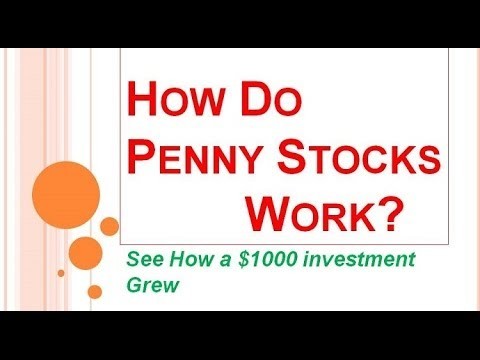How stocks work
Post on: 25 Май, 2015 No Comment

2 main types of stock
1. Common stock
The majority of stocks sold are common stocks. Common stock offers the potential for growth through rising share prices and increasing dividends. Prices of common stock tend to be more volatile than the prices of preferred stock.
Common shareholders are generally entitled to:
- dividend payments – but there’s no guarantee you’ll receive dividends, and no guaranteed amount if you do.
- vote at shareholders meetings – shareholders typically get 1 vote per share, and can vote to elect company directors and on other corporate matters at the annual shareholder meeting, or by completing a shareholder ballot online or by mail. You have the right to vote because you’re taking a greater risk with common shares.
- claim on the company’s assets – if the company goes bankrupt and is liquidated. But common shareholders get paid last — behind tax authorities, employees, creditors and preferred shareholders.
2. Preferred stock
Preferred stock offers regular income through fixed dividends and the potential for growth through rising share prices. The prices of preferred stock tend to be more stable than the prices of common stock. Preferred stock may offer features such as the right to redeem your shares at certain times or to convert your shares to common shares at a certain price — known as convertible preferred shares. However, preferred stock doesn’t normally come with voting rights.
Preferred shareholders are generally entitled to:
- fixed dividend payments – that usually don’t change, whether or not the company does well. Dividends are paid to preferred shareholders before any dividends are paid to common shareholders. If the company can’t pay the dividend on preferred shares in a year, it may carry it forward and pay it in future years.
- claim on company assets – preferred shareholders have priority over common shareholders if the company goes bankrupt and is liquidated.
2 ways to make money on stocks
1. The stock increases in value
The value of a stock can go up or down. And it can change frequently. As an investor, if you sell a stock for more than you paid for it, you’ll have a capital gain. If you sell it for less, you’ll have a capital loss.

Many factors can affect the price of a stock including:
- the size, profitability and financial stability of the company,
- economic factors such as interest rates, and
- investor sentiment.
2. The company pays a dividend
A company may pay out a share of its profits in the form of dividends. The decision to pay a dividend is made by a company’s board of directors. Companies are not required to pay a dividend, even if they have paid dividends in the past. Many larger, established companies try to pay regular dividends. Others may not pay a dividend if they choose to reinvest their earnings in the company, profits are low or the company loses money.
The dividend you receive is based on the number of shares you own. Dividends are most often paid on a quarterly basis as a cash payment to shareholders. Sometimes they are paid in stock. You may be able to arrange to have your cash dividends reinvested in stock through a dividend reinvestment plan (DRIP) .
Since many investors see a steady dividend history as an important indicator of a good investment, most companies are reluctant to reduce or stop their dividend payments. Watch this video to learn more about stocks that pay dividends.
How stock earnings are taxed
Stocks held inside a registered plan
Registered plans offer certain tax advantages. For example, if you hold stocks in an RRSP. RESP or RRIF. you don’t pay tax on what you earn while your money is in the plan, but withdrawals are fully taxed as income.
With a TFSA. you don’t pay any tax on what you earn while your money is in the plan – or when you take it out.
Stocks held outside a registered plan
Money you make on stocks held outside a registered plan is subject to tax. Dividends and capital gains are treated differently for tax purposes, which will affect your return from an investment:
- dividends – are taxable in the year you receive them, whether you get them in cash or they are reinvested for you. If you receive dividends from a Canadian company, you may be eligible for the dividend tax credit .
- capital gains – you’ll pay tax on any capital gains you realize if you sell a stock for more than what you paid for it. You only pay tax on 50% of capital gains in any year.
If you borrow to invest
You may be able to deduct the interest you pay on money you borrow to earn investment income, including interest and dividends. You can’t deduct the interest if:
- you are borrowing to invest in a registered plan like an RRSP or TFSA
- the only earnings your investment can produce are capital gains.
Dividends and capital gains from investments held outside a registered plan receive preferential tax treatment compared to investments that earn interest. Learn more about how investments are taxed .














